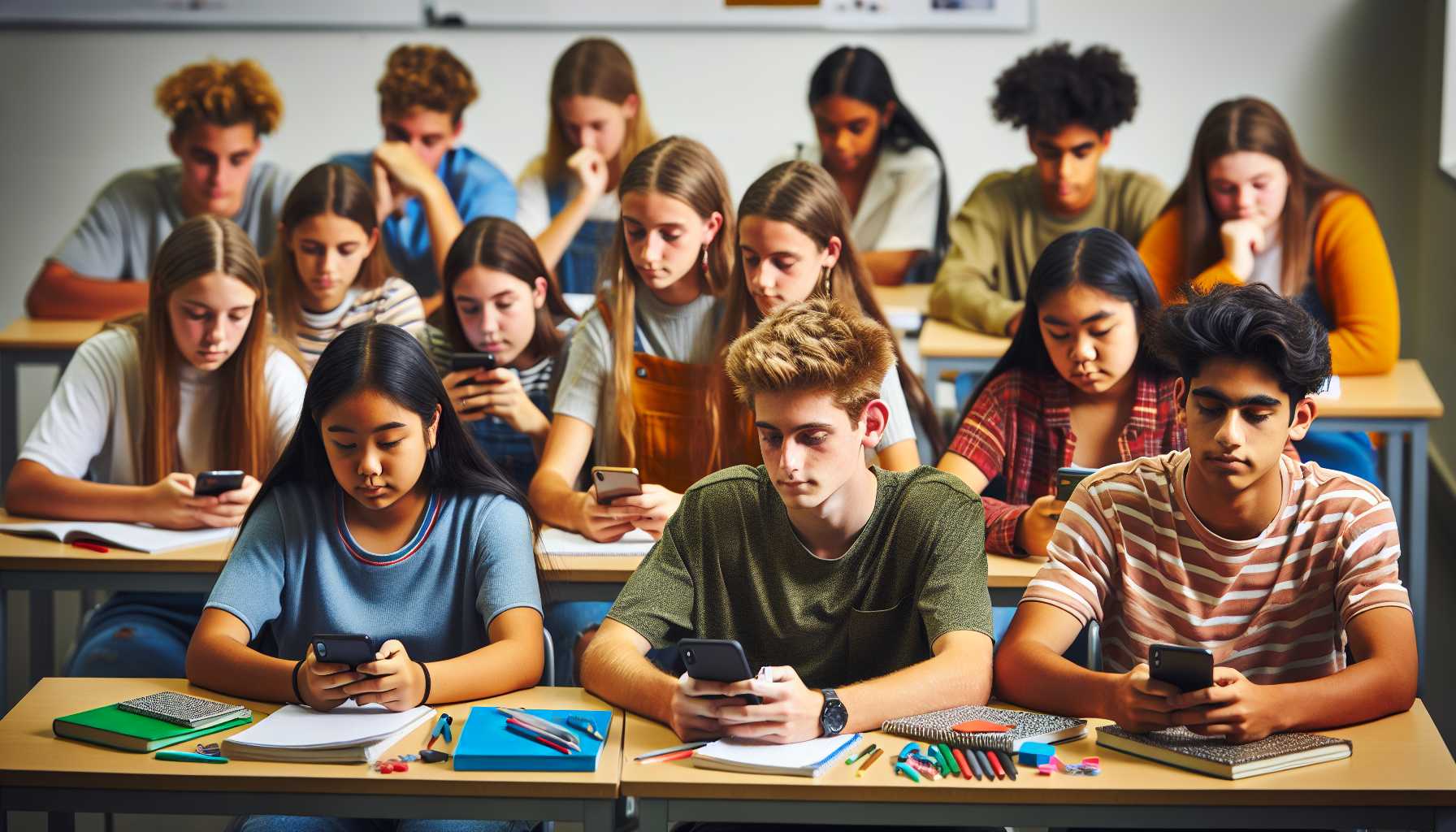Smartphones in Education: A Look at Australian Teenagers’ Reliance and the Potential Impact
Smartphones have become an integral part of modern life, and teenagers are no exception. In Australia, a significant percentage of teenagers use smartphones for educational purposes. This article will explore the extent to which teenagers in Australia rely on smartphones for education and the potential benefits and drawbacks of this trend.
Statistics on Smartphone Use for Education in Australia
According to a 2022 report by the Australian Bureau of Statistics, 95% of Australians aged 15-17 years owned a smartphone. This indicates that almost all teenagers in Australia have access to a smartphone, which can be utilized for various educational purposes.
A 2021 study by the University of Melbourne found that 72% of Australian teenagers used their smartphones for educational purposes at least once a week. The most common educational uses of smartphones included:
- Accessing online learning resources: 65%
- Completing homework assignments: 58%
- Communicating with teachers and classmates: 52%
- Using educational apps: 47%
These statistics highlight the significant role that smartphones play in the educational experiences of Australian teenagers.
Benefits of Using Smartphones for Education
There are numerous benefits to using smartphones for education. These include:
- Accessibility: Smartphones provide students with access to a vast array of educational resources anytime and anywhere.
- Convenience: Students can easily access learning materials, complete assignments, and communicate with teachers and classmates using their smartphones.
- Engagement: Educational apps and games can make learning more engaging and interactive.
- Personalization: Smartphones allow students to personalize their learning experience by accessing resources that cater to their individual needs and interests.
Drawbacks of Using Smartphones for Education
While smartphones offer numerous benefits for education, there are also potential drawbacks to consider. These include:
- Distraction: Smartphones can be a source of distraction, as students may be tempted to use them for social media, gaming, or other non-educational purposes.
- Cyberbullying: Cyberbullying can occur on smartphones through text messages, social media, or online forums.
- Privacy concerns: Students may share personal information or engage in online activities that could compromise their privacy.
- Digital divide: Not all students have equal access to smartphones or reliable internet connectivity, which can exacerbate existing educational inequalities.
Conclusion
Smartphones have become an essential tool for education in Australia, with a significant percentage of teenagers using them for educational purposes. While smartphones offer numerous benefits, such as accessibility, convenience, and engagement, it is crucial to address potential drawbacks such as distraction, cyberbullying, and privacy concerns. By promoting responsible smartphone use and addressing the digital divide, educators and parents can help ensure that teenagers leverage the educational potential of smartphones while mitigating the associated risks.

